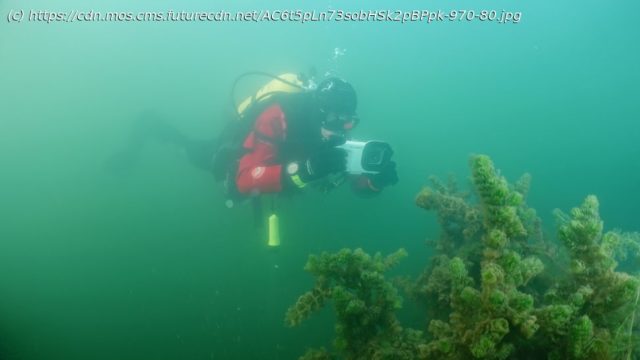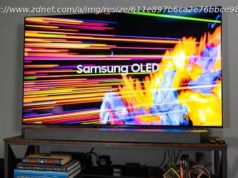An iPhone inside the Oceanic+ Dive Housing turned out to be more than just a camera
So far, I’ve been impressed with the Oceanic+ app on my Apple Watch Ultra to the point that I’m now using it as my secondary dive computer, alongside a Suunto D5.
While I’m happy with my computer setup, my search for a suitable camera has been less fruitful. I’ve been through a small handful and have so far been disappointed with them all, for various reasons, including low quality and poor battery performance.
When Huish Outdoors – the same firm that designed the Oceanic+ watch app – announced that they would be building a phone housing designed to take care of my iPhone down to 60 meters (far beyond where most recreational divers would ever find themselves), I couldn’t have been more pleased. After all, I’ve stopped using my DSLR on terra firma because my best cameraphone now fits into my pocket.
Fortunately for me, the Oceanic+ Dive Housing arrived just days before my iPhone 15 Pro, just as the diving season here in the UK is coming to a close.What can the Oceanic+ Dive Housing do that my camera cannot?
After quite a lengthy setup process (more on my experience with that below), you’ll be met with a full-screen camera view where you can switch between taking photos and videos, or enter a smart mode that takes a photo periodically (you can define this) while filming.
You can also fiddle around with things like contrast, white balance, quality, video stabilization, focus mode, which of the lenses you wish to use (including ultrawide), and file type (including RAW), all of which can be changed on the go underwater via the keypad, which connects to the phone via Bluetooth.
Because the Dive Housing also has its own temperature, depth, and pressure sensors, it serves as its own independent dive computer, separate from any Apple Watch Ultra that may also be running the Oceanic+ app (or just the preinstalled Depth app). Bluetooth signals don’t travel well underwater, so it makes sense for both to be independent.
The current depth and no deco time are overlaid in the top right, but you can press the keypad to enlarge this view to give you all the same sort of information you would expect from the watch app, including dive time, ascent rate, a compass, and more.
The housing itself is fairly large and has a chunky grip, but you can also choose to attach a lanyard or use one of the three mounting threads. This is really important, because in my case, the entire setup including the titanium iPhone weighs 1,162g, and sinks to the bottom at a pretty alarming rate when dropped. This is a common flaw of most underwater phone housings, but attaching a buoyant light arm or mounting the kit on a tray can counter this.






